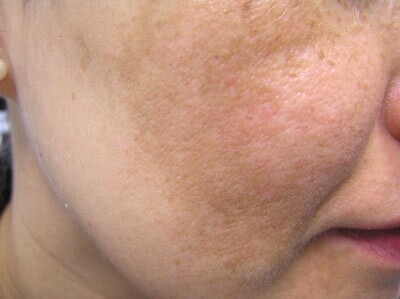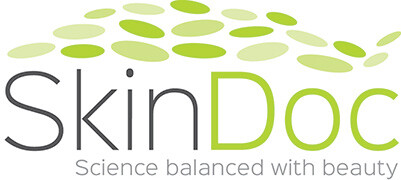
Chloasma – What really works
Chloasma or melasma is a common and annoying condition. It presents as brown, blotchy pigmentation on sun-exposed area such as the face and neck. There is excess pigmentation in the epidermis and often in the dermis. It is more common in women than men and often appears in women’s reproductive years. Chloasma is more common in dark-skinned people with Fitzpatrick skin 3 to 5 than light- skinned people with Fitzpatrick skin 1-2. Hormonal influences such as pregnancy or taking the OCP increase the likelihood of this condition occurring.
Chloasma treatment is frustrating. This is because the pigment is often not only in the epidermis but also in the dermis which making bleaching creams less effective. Too aggressive treatment can lead to post-inflammatory pigmentation.
What you can do to prevent chloasma?
- Wear sunscreen SPF50
Keep your face and neck out of the sun. Wear a broad-spectrum sunscreen SPF 50 on your face and neck. Apply at least 30 minutes before going outdoors. Sunscreen should be worn on cloudy days as well as sunny days. Put at least ½ teaspoon of sunscreen on your face.
- Wear a broadbrim hat with at least a 10cm brim. The underside of the brim should be a dark colour such as navy, bottlegreen or black to maximize absorption of UV light.
- Wear sun-protective clothing
Make sure you protect your neck as chloasma is common in this area.
- Seek shade
This is particularly important when UV index is high – 10am to 2pm early March to end of October and 11am to 3pm from end of October to early March.
What are the possible treatments for chloasma?
Products that contain retinoids or retinol, hydroquinone, kojic acid or alpha hydroxyacids may help. They can be found in various cosmeceuticals but are often in low concentration and may not be very effective.
A dermatologist can prescribe a compounded prescription with higher and more effective concentrations of these products. Continual use of these products can lead to significant improvement in many people.
What if all else fails in removing stubborn chloasma?
Chemical peels
Medical grade chemical peels may help. We recommend a series of chemical peels from 2 to 4 peels every 2 to 4 weeks. We offer various medical grade chemical peels for this condition.
We recommend after a chemical peel a post-chemical peel kit should be used at home to further lighten your pigmentation. These products can be purchased at the surgery after your chemical peel.
Broadband light or IPL
Broadband light can be used in fair skinned patients with skin type I and II. It is less effective in the darker skin types and may lead to post-inflammatory pigmentation.
Halo
This involves using non-ablative and ablative laser simultaneously. It has been shown to be most effective treatment in very stubborn cases of chloasma. We will be offering this new treatment from January 2018.
